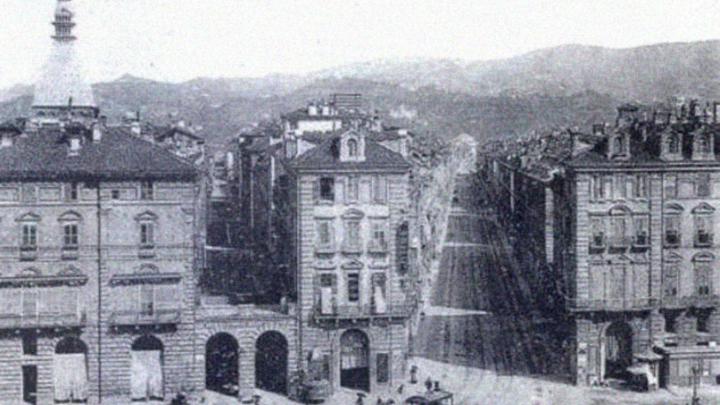In 1864, the Italian government, following an agreement with Napoleon III, decided to transfer the capital of the Kingdom of Italy from Torino to another city located in a more central and protected position in the peninsula, Florence.
The citizens of Torino, averse to the news, took to the streets in protest, but the revolt ended in a bloodbath, with 60 dead and 133 wounded.
There was above all concern for the future. For centuries the city had been growing economically, developing and organising itself as the capital of the Savoy, but that edict would have made it loose many privileges.
Even the Mole Antonelliana, initially conceived as a synagogue, seemed at risk: the works had begun thanks to the donations of some Jewish families, grateful that the capital had closed the ghettos and included many of them in the Senate. In 1864, however, the Jewish community withdrew and the building passed to the municipality, which fortunately succeeded in completing the works, transforming it into a monument symbolising national unity.

